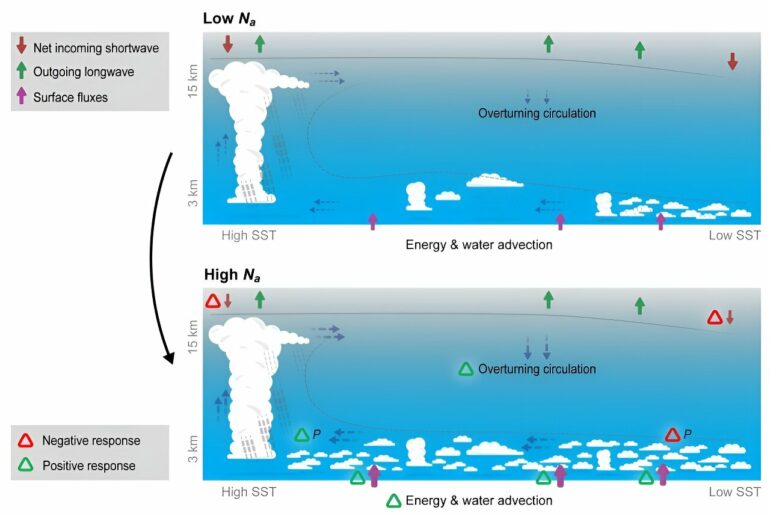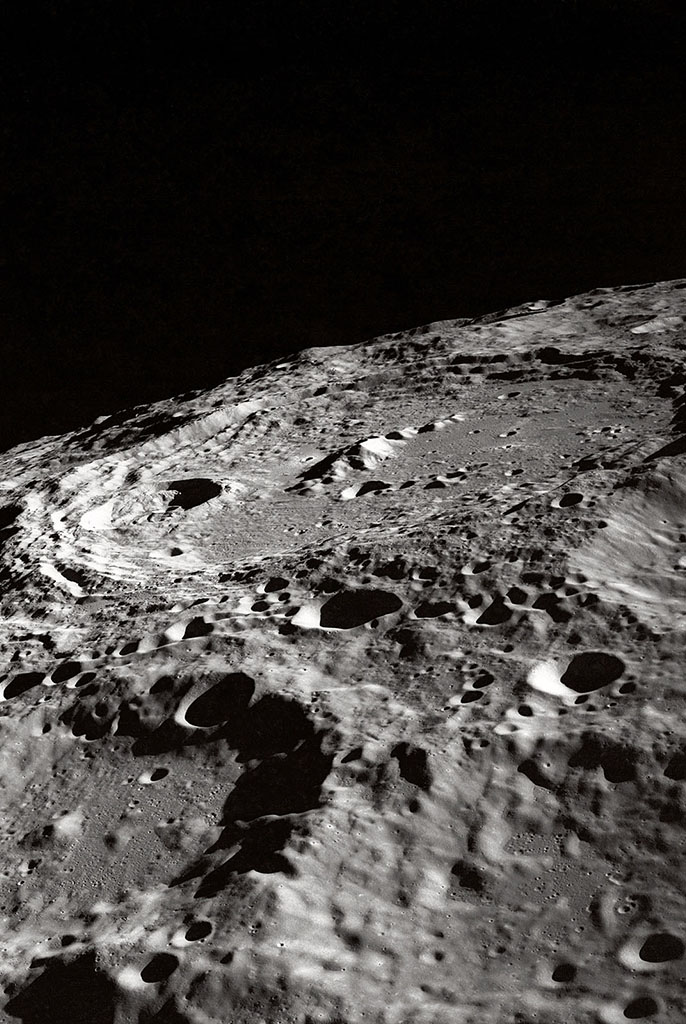A recent study reveals the profound impact of pollution on cloud behavioוr. This newfound understanding illuminates the intricate ways in which pollution alters our climate. Such research marks a significant advance in comprehending the influence of pollution on our weather and broader climate dynamics. Emphasizing the need to factor in both localized cloud formations and overarching climate patterns, it underscores the criticality of considering all scales in studying the effects of pollution on our climate.
The interplay between human-induced aerosols and cloud dynamics stands as a pivotal factor in unraveling the intricacies of our climate system. Despite its significance, reconciling the vast scale disparities between cloud formations, spanning approximately 1 to 10 kilometers, and the broader atmospheric circulation and climate patterns extending over 1,000 kilometers has posed a significant challenge.
Taking on this task, Dr. Guy Dagan and his research team at the Hebrew University of Jerusalem, together with researchers from Princeton University, embarked on a new study. Their focus was on understanding how minuscule pollution particles, known as aerosols, interact with clouds in the sky—an interaction that profoundly shapes our climate. However, a fundamental hurdle lay in the mismatched scales: clouds, small in scale, juxtaposed against expansive climate patterns, akin to fitting puzzle pieces from different sets.
The research paper, titled “Radiative forcing from aerosol–cloud interactions enhanced by large-scale circulation adjustments,” was published in Nature Geoscience.
The innovative approach employed by Dr. Dagan’s team involved sophisticated computer simulations capable of examining the minute details of the sky while capturing the broader essence of the entire climate system. Through a meticulously crafted series of simulations, the team dissected mechanisms involving changes in the large-scale circulation due to air pollution. Their comparative analysis revealed a compelling revelation: the presence of aerosols triggers changes in large-scale circulation, which in turn substantially enhances the effective radiative forcing, i.e., the effect of human activity on the climate system.
One key finding was that more aerosols stop rain in some areas. This makes moisture move to places where big clouds form. These big clouds then release more heat into the air and cause stronger winds.
Dr. Dagan explains, “Our study helps us understand better how aerosols and clouds affect the climate. The changes caused by aerosols come from complex shifts in big weather patterns, showing us an important part of how these interactions affect the climate.”
More information:
Guy Dagan et al, Radiative forcing from aerosol–cloud interactions enhanced by large-scale circulation adjustments, Nature Geoscience (2023). DOI: 10.1038/s41561-023-01319-8
Provided by
Hebrew University of Jerusalem
Citation:
New study reveals how pollution affects clouds and climate (2023, November 28)



